In Photos: Vietnam and Its Politics Today
Growing up in Calcutta, I remember the slogans: “Amar Naam, Tomar Naam – Vietnam (your name, my name, Vietnam)." The Communist regime in Calcutta cleverly renamed the street where the US Consulate is located 'Ho Chi Minh Sarani'.
This has remained unchanged by the subsequent government. Ho Chi Minh is seen as a victim of American supremacy – something some Bengalis can relate to – and as a rebellious leader from Asia who could take on the West.
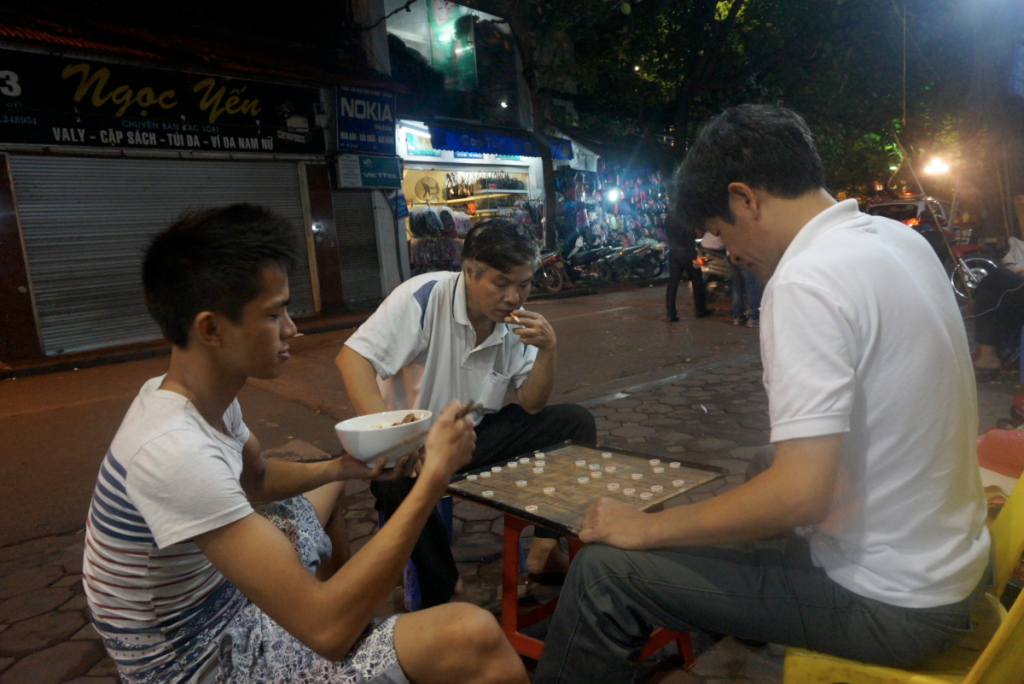
Fifty years is a long time, but not long enough to forget. Sun, a communist and an ardent party worker in Hanoi, told me, “We call it an American war. Vietnam fought for its defence.”
The city is always bathed in red in the evenings, as communist symbolism decks the streets. With nearly 3.7 million deaths over 20 years, American exploits took a toll on both sides during the infamous war. The driving force was the US’s fear of communism.
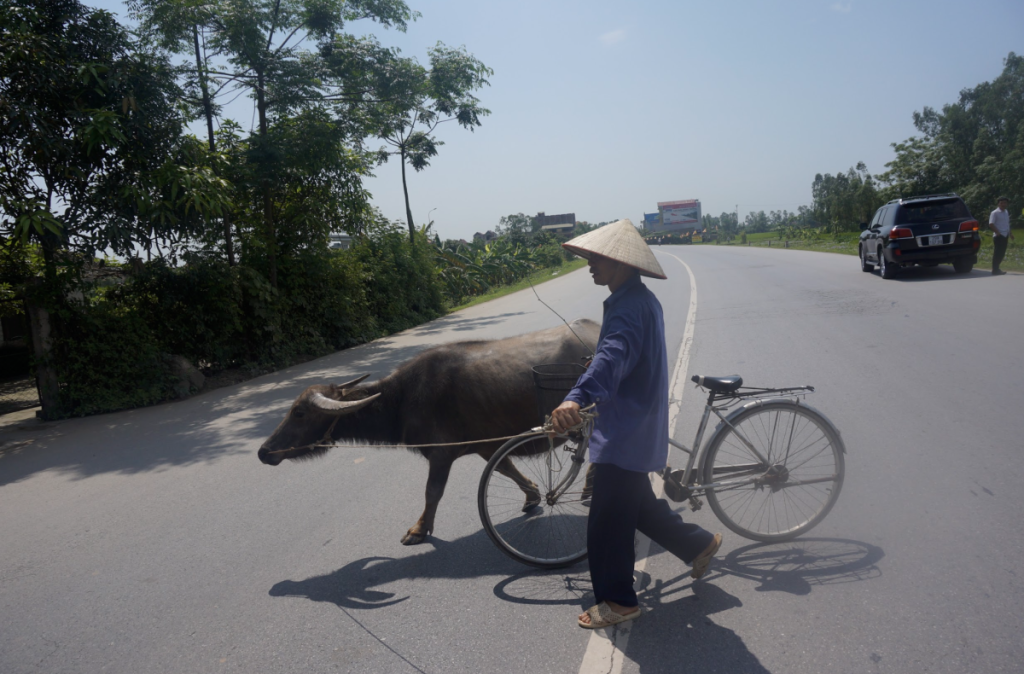
But surprisingly, one sees many American tourists, and cafés displaying American brands and music. Sun said, “We forgave but never forgot.”
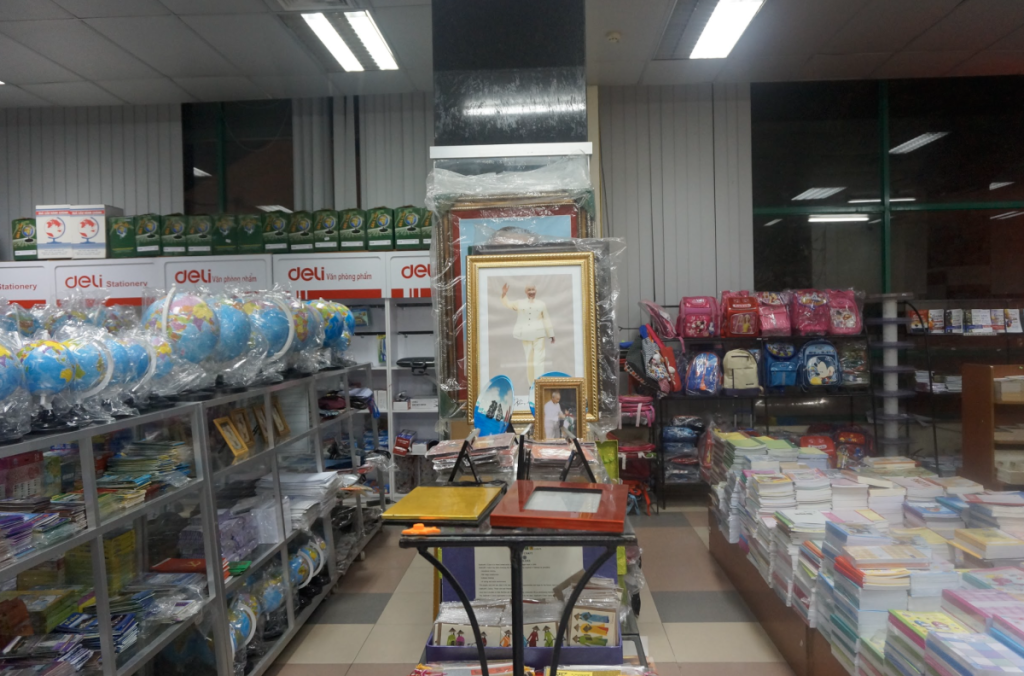
Today, as business booms and Vietnam becomes a market for the world, it still struggles with China over the South China Sea and, more recently, Trump’s tariffs – since the country’s economy is heavily based on US exports and forms part of the global supply chain economy.
The shadow of communism, with imagery involving Uncle Ho (Ho Chi Minh) and Lenin, is still seen and felt. Today, the modern city carries a sense of discipline, with speed limits on highways and priority given to farmers and workers, holding firm to the bastion of Marx’s economic policies.
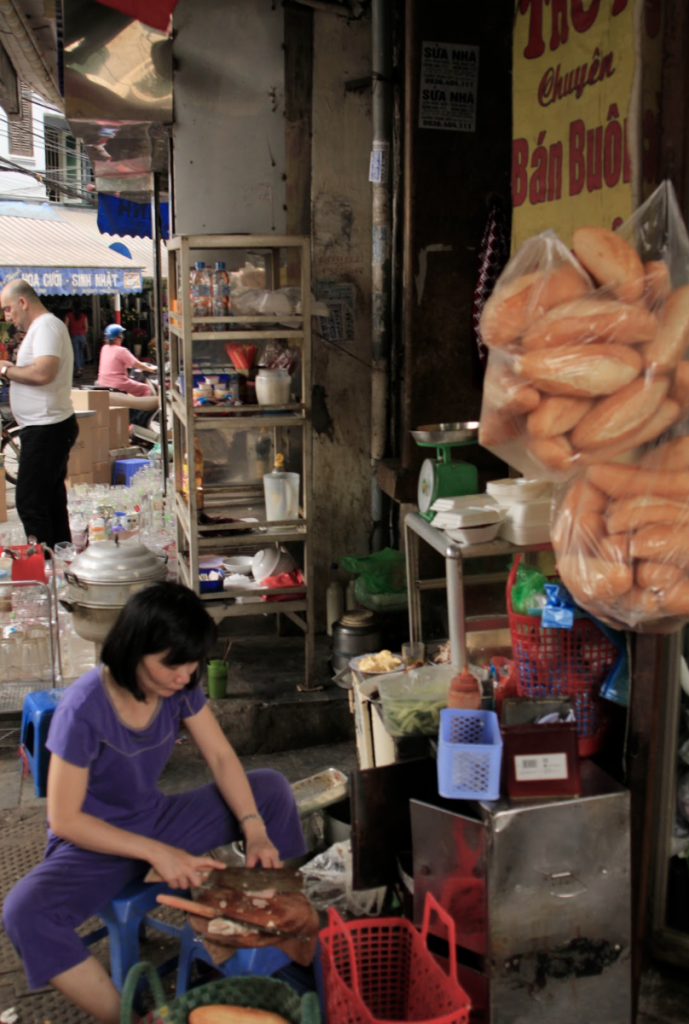
My images are a showcase of what modern Vietnam looks like today – especially the capital, Hanoi, and the rural areas that dominate its largely captive economy.
The rice fields alone are enough to understand how the US Army lost the war. It is impossible to fight in the sultry weather, through vast swaths of rice fields, with snakes and inhospitable rains, conditions only the Viet Cong could endure, trapping numerous American GIs to their deaths.
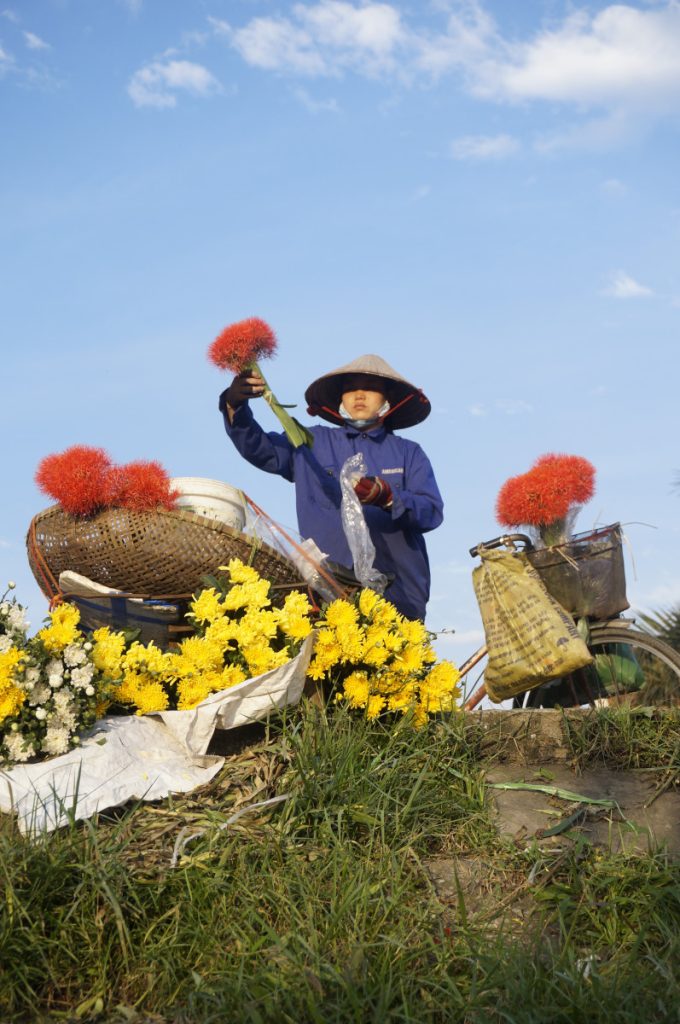
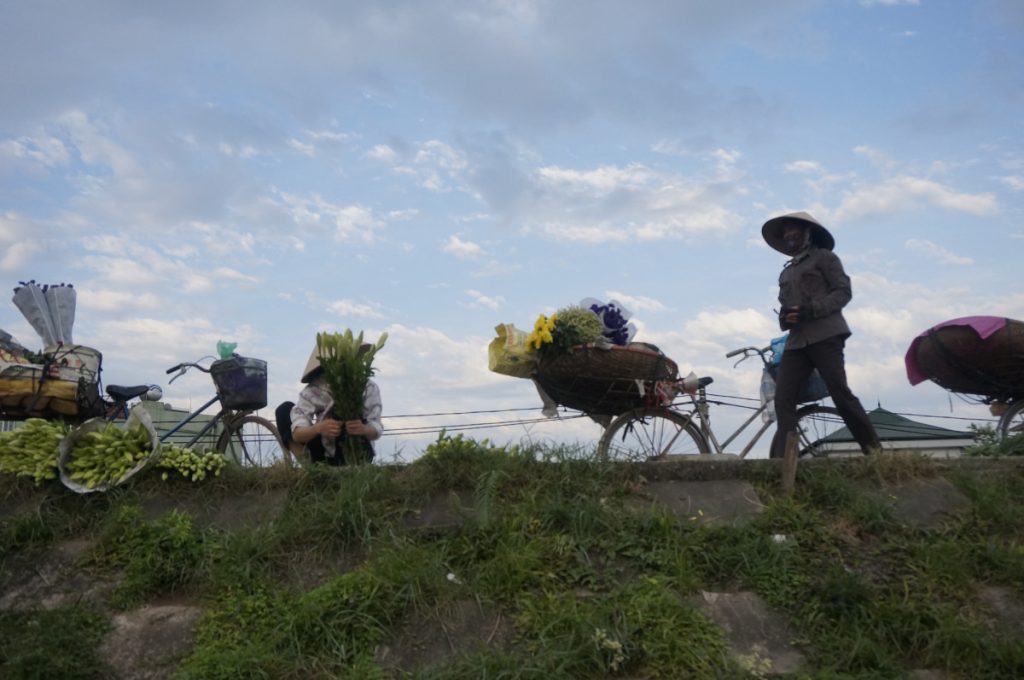
Today, the city reflects its past, but its modern look may cause one to forget that seventy years ago, a war began that only ended in 1975—creating the space to shape a modern Vietnam. 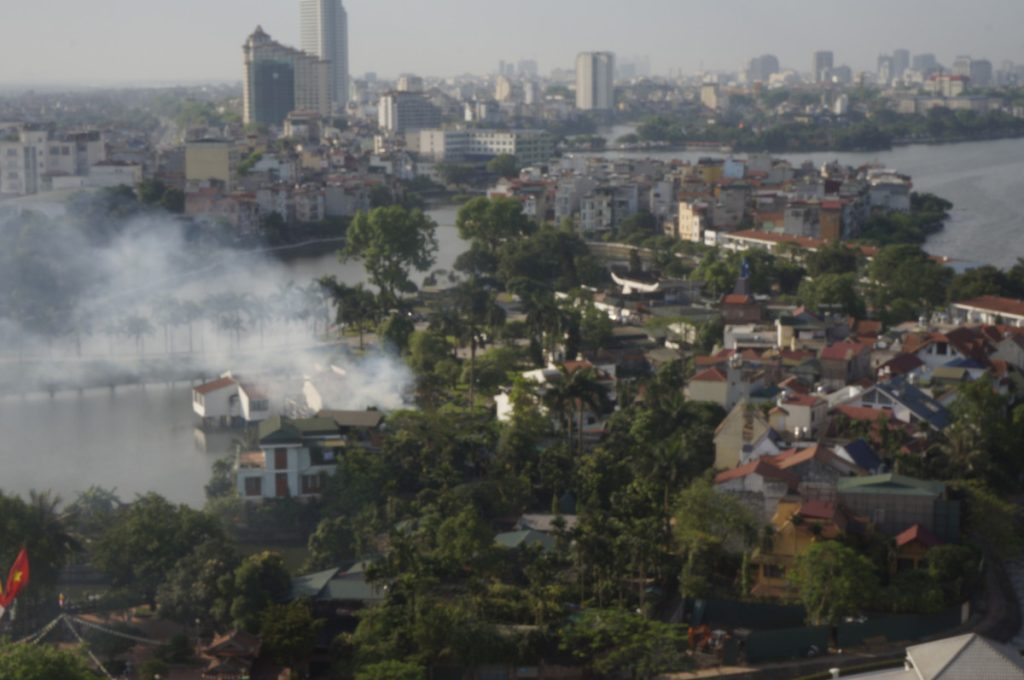
All photos by Shome Basu.
This article went live on May thirty-first, two thousand twenty five, at zero minutes past eight in the morning.The Wire is now on WhatsApp. Follow our channel for sharp analysis and opinions on the latest developments.




